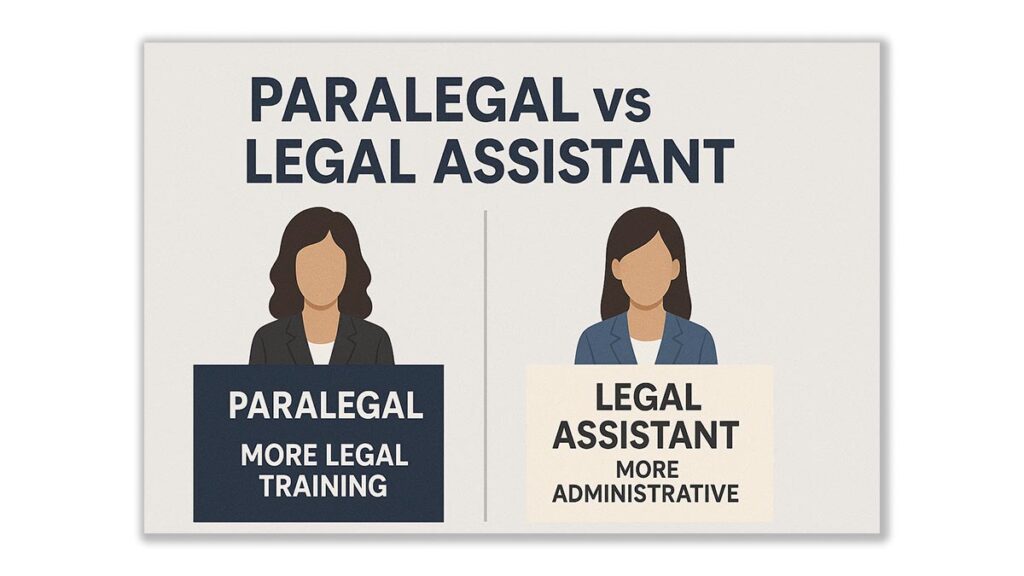In tight labor markets, knowing how much a paralegal makes in your region—and how that figure shifts for specialized skill sets—becomes a strategic advantage. Firms that chronically underpay risk costly turnover, recruiting delays, and lost institutional knowledge. Conversely, overpaying across the board can erode profitability. A data-driven salary framework helps partners hit the sweet spot: competitive enough to lure talent, calibrated enough to protect margins.
Talent Alignment and Practice Expansion
Salary intelligence informs staffing plans for new practice areas. Launching an IP litigation department? Expect to pay a premium—often 18 – 22 % above the national paralegal median—to secure candidates with USPTO or e-discovery credentials. Firms that grasp how much a paralegal makes in niche fields budget accurately, avoiding sticker shock mid-recruitment and ensuring smooth roll-outs of revenue-generating services.
National & Regional Compensation Benchmarks
| Region (2025 Median) | Entry-Level | Mid-Career | Senior / Specialty |
|---|---|---|---|
| West Coast (CA/WA) | $54 k | $71 k | $93 k |
| Northeast (NY/NJ/MA) | $51 k | $69 k | $88 k |
| Midwest (IL/OH/MN) | $46 k | $60 k | $75 k |
| South (TX/FL/GA) | $44 k | $57 k | $73 k |
| Mountain / Plains | $42 k | $55 k | $70 k |
Source: Aggregated 2025 surveys from legal-staffing firms and Bureau of Labor Statistics projections.
Specialty credentials add further lift:
- NALA CP or NFPA RP certifications: + 7 – 10 %
- Advanced e-discovery / Relativity certification: + 12 – 15 %
- Foreign-language proficiency (Spanish, Mandarin, Portuguese): + 5 – 8 %
Key Drivers Shaping How Much a Paralegal Makes
Paralegals supporting high-stakes practices—antitrust, complex commercial litigation, or biotech IP—command salaries 15 – 25 % above general-practice peers. Demand spikes drive bidding wars, especially in markets with tight specialty talent pools.
Ensure your intake team identifies high-quality cases from the start. Schedule a consultation to learn how Regentsrs can help your firm!
Geographic Cost-of-Living Adjustments
Coastal metros show higher baselines, but remote-work normalization has blurred lines. Some firms peg virtual paralegal pay to lower-COL regions, while offering performance bonuses to offset location-based disparities.
Certification & Continuing Education
Watching how much a paralegal makes climb after completing advanced training underscores the ROI of education stipends. Firms funding CLE credits or e-discovery badges often see productivity boosts and lower turnover, offsetting the upfront cost.
Technology Fluency
Proficiency in AI-assisted research, contract-analysis tools, or advanced case-management platforms can justify 5 – 10 % salary bumps. These paralegals reduce attorney time on rote tasks, directly affecting billable-hour realization rates.
Need highly skilled intake specialists for your law firm? Get in touch with us to discuss your firm’s unique needs!
Structuring Compensation Packages for Maximum ROI: Hybrid Pay Models
Base salary plus tiered bonuses linked to billable hours, docket accuracy, or discovery-cycle KPIs keeps pay aligned with measurable impact. Such models answer the question how much does a paralegal make in a way that scales with contribution, not tenure alone.
Remote-Work Stipends & Tech Allowances
As virtual roles expand, firms bundle $1 k – $2 k annual tech stipends (hardware, secure internet) into total compensation. This keeps salaries competitive against fully on-site offers while controlling brick-and-mortar costs.
Retention Incentives
Benchmarks reveal turnover costs average 20 – 25 % of salary. Structured retention bonuses at 24- or 36-month marks can be cheaper than constant rehiring. When calculating how much does a paralegal make over a multi-year span, these bonuses tip the scales toward loyalty.
Risk Management & Ethical Considerations
An underpaid, overworked paralegal is a compliance risk. Fatigue breeds docketing errors; financial stress can tempt misuse of client funds. Compensation audits, workload reviews, and mandatory PTO safeguards both ethics and morale, ensuring the salary strategy behind how much a paralegal makes also protects the firm’s malpractice exposure.
Understanding how much does a paralegal make is more than crunching salary numbers—it’s a strategic exercise that balances talent acquisition, profitability, and risk mitigation. By mapping regional benchmarks, rewarding specialty skills, and integrating performance-based incentives, law-firm leaders can craft pay structures that attract elite paralegals, elevate client service, and sustain competitive advantage.
From discovery deadlines to client hand-holding, paralegals underpin every successful case. Calibrating how much a paralegal makes ensures you secure and keep this vital talent tier—fueling growth, safeguarding compliance, and delighting clients. Ready to refine your compensation and intake strategy even further? Stay tuned for additional insights on how Regentsrs partners with firms to recruit, train, and retain top-tier legal professionals—delivering measurable results at every stage of the matter lifecycle.



